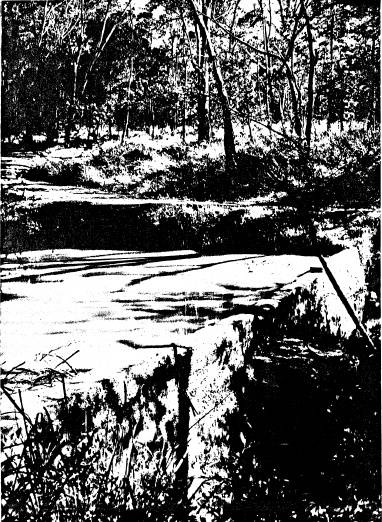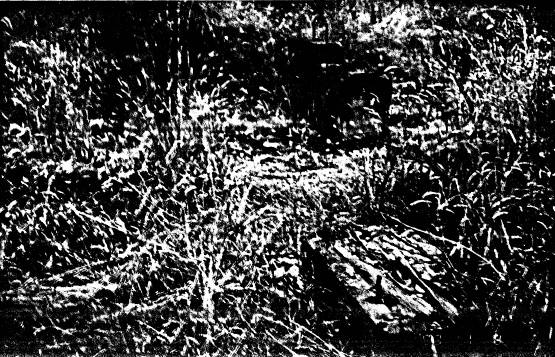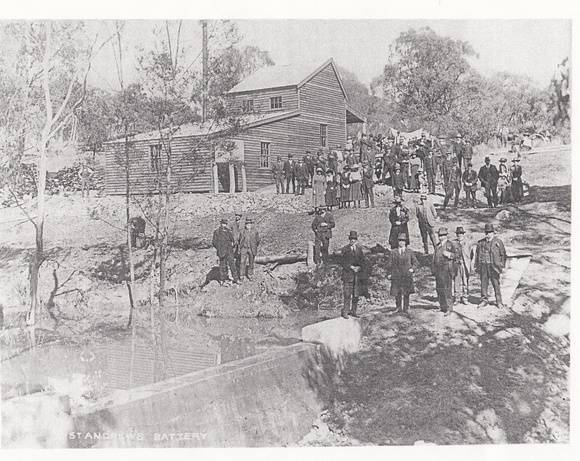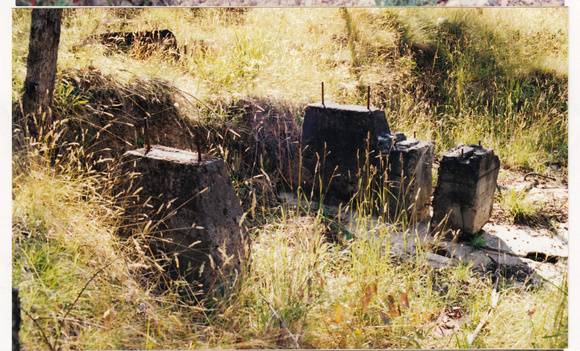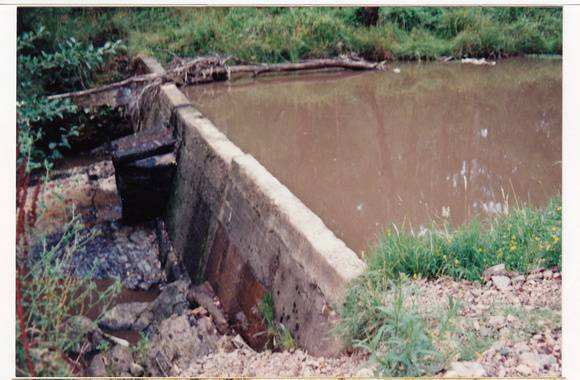| Back to search results » | Back to search page » |
|
STATE BATTERY REMAINS INCLUDING THE CONCRETE DAM IN SMITHS GULLY CREEK, PETER FRANKE RESERVE, SMITHS GULLY RD, SMITHS GULLY
Statement of Significance
REVISED STATEMENT OF SIGNIFICANCE, CONTEXT, 2010 What is significant?
How is it significant?
Why is it significant? BICK STUDY, 1992 BASIS OF SIGNIFICANCE: ILLUSTRATION OF THE THEMES HISTORY DEGREE OF SIGNIFICANCE: LOCAL SIGNIFICANCE EXTENT OF SIGNIFICANCE: MACHINERY BLOCK REMAINS, CONCRETE DAM AND SITE TO A RADIUS OF 100 METRES.
The remains of the c1920 State battery, the machinery block remains, the concrete dam and the site to a radius of 100 metres.
The state battery is historically and archaeologically significant to the Shire of Nillumbik.
The battery is historically significant as a reminder of the role that gold played in the life and development of St Andrews and the surrounding area, well in to the 20th century (Criterion A). The battery is archaeologically significant because, while the site has been re-vegetated and some of the remains are now hidden, archaeological analysis has the capacity to reveal further information about its past (Criterion C). The significance of the site is enhanced by its proximity to the Queenstown Cemetery- HO163.
The State Battery was the central component in the gold mining of this area from circa the 1920s.The battery crushed the gold bearing quartz extracted from the mines and was a sizable weatherboard building enclosing the engine and stampers. All that now remains are the bases for the machinery that comprised the battery, one timber and a couple of concrete bases and the nearby dam, which supplied water. However the historic significance of the site remains and is enhanced by the Queenstown Cemetery on the other side of Smiths Gully Road (SEE HERMES NO.104515)
Group
Mining and Mineral Processing
Category
Battery/Crusher


